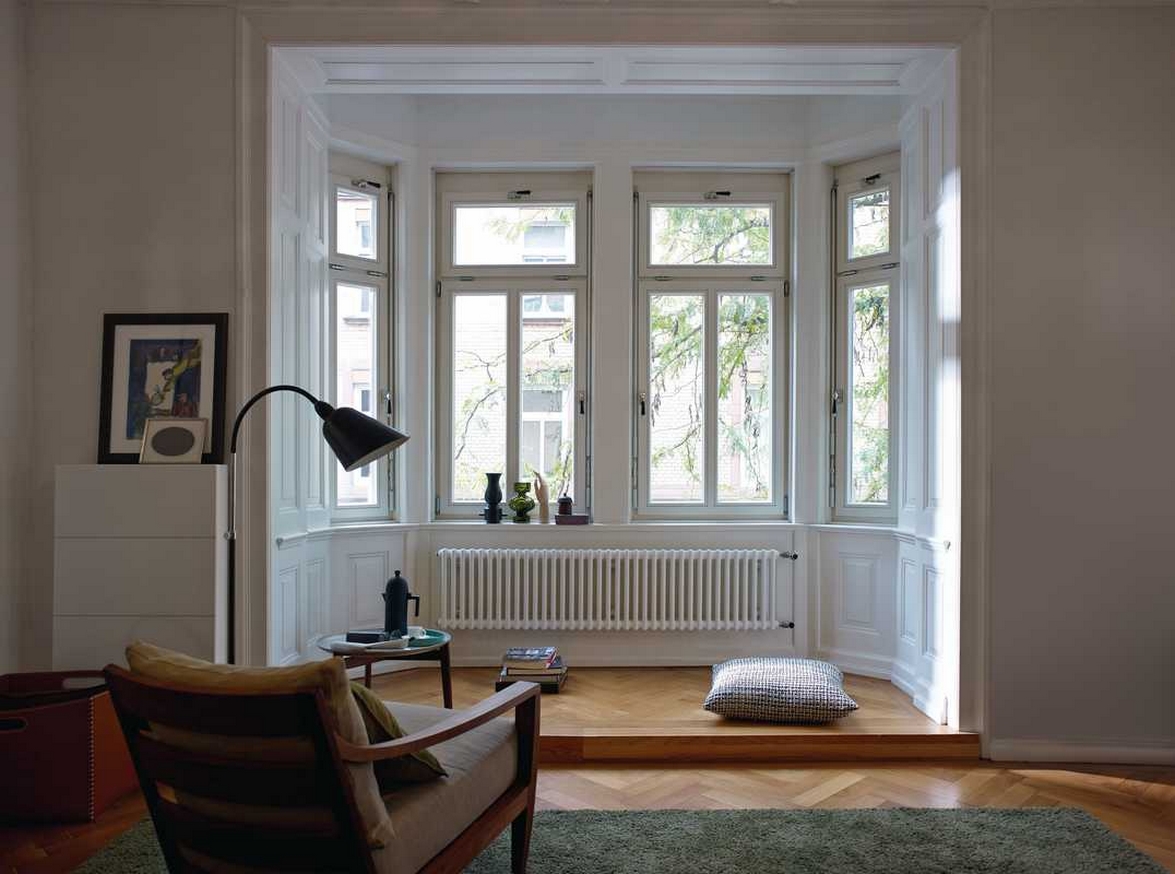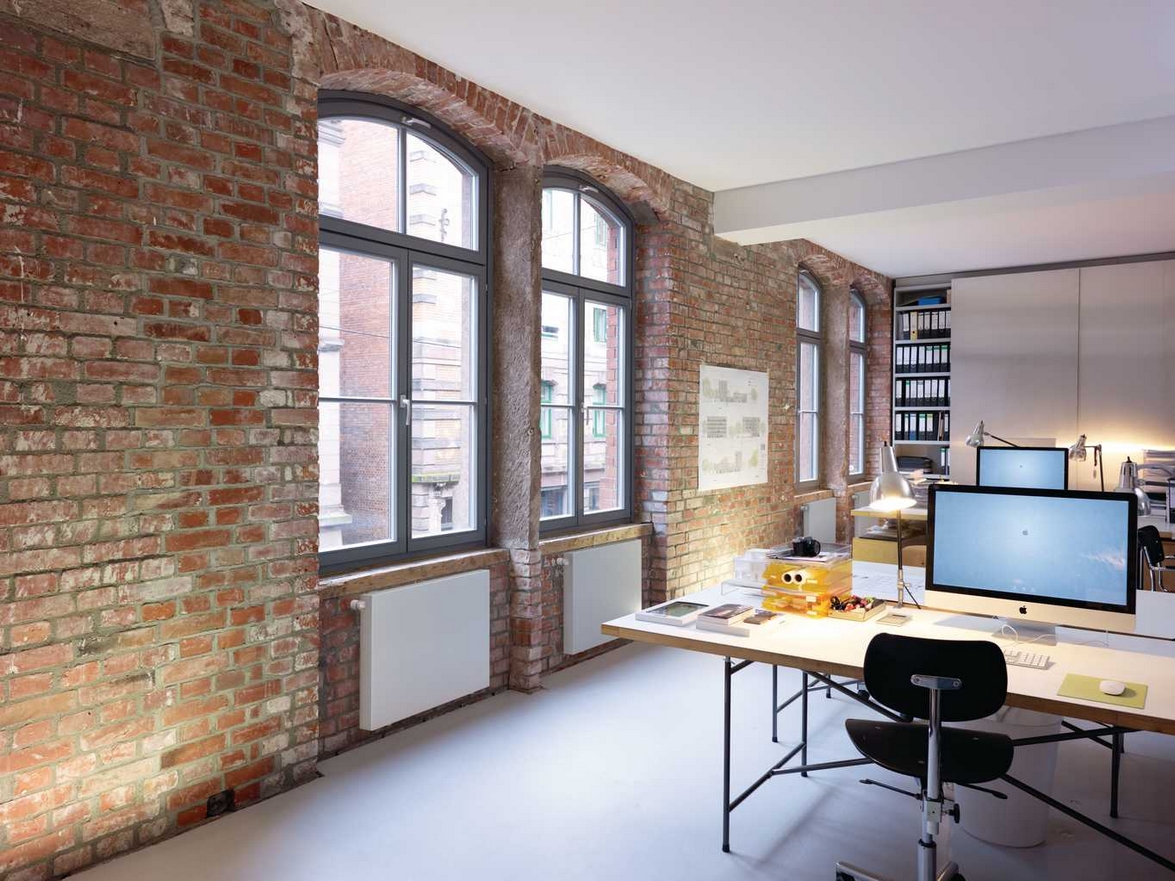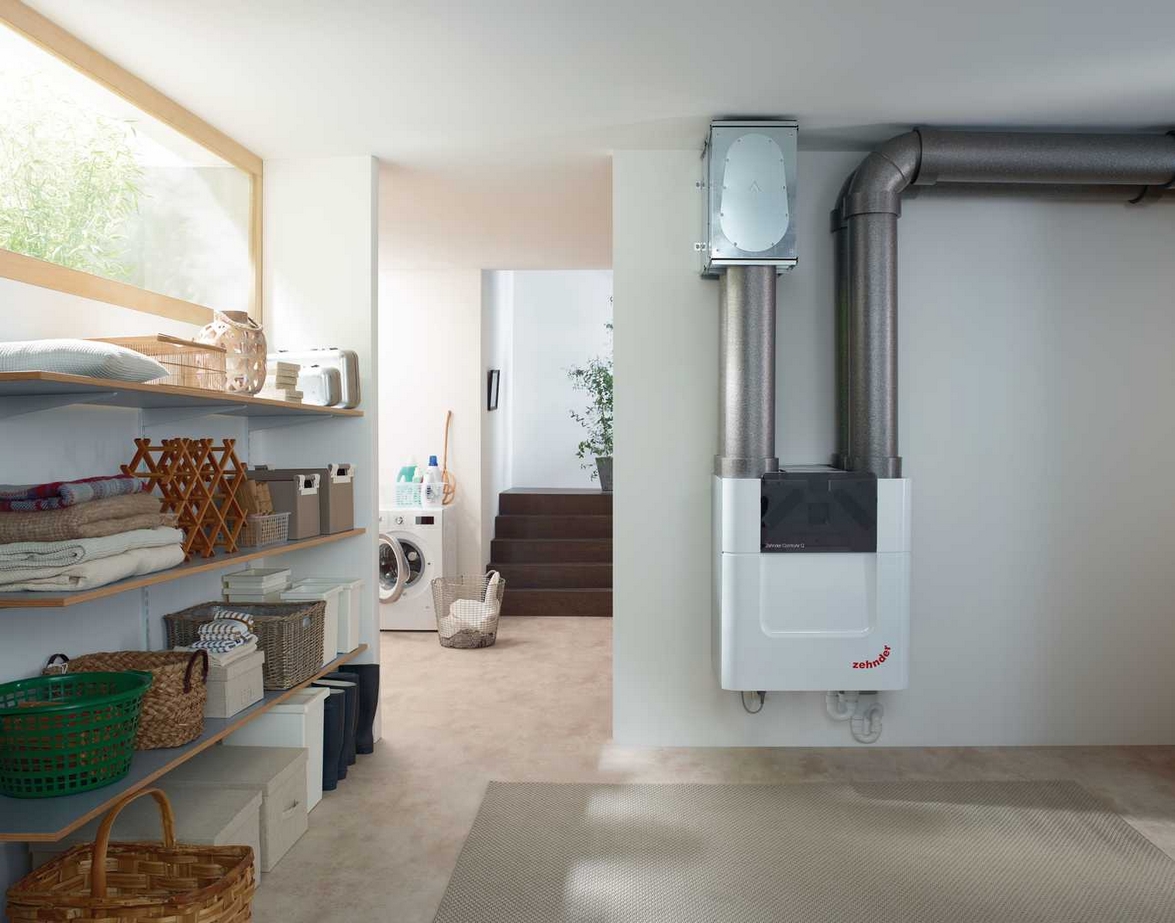The study "Adaptation of the user to buildings with almost zero consumption - Passivhaus (ECCN-PH)” identifies what are the habits of comfort in homes

Seven entities of the Passivhaus sector have sponsored the study “Adaptation of the user to buildings of almost zero consumption - Passivhaus (ECCN-PH)” to identify what are the habits of people in their homes. The report will allow the successful implementation of the new regulations on energy efficiency in buildings.
IFEMA has been the scene of the presentation and Zehnder, Griesser, Knauf Insulation, Inn- Solutions, Roto Frank, ePower & Building y Passivhaus Consultores have been the driving companies of the project. The objective is to know how users adapt to new technologies of passive housing, their current habits and their confidence in institutions and leading companies in energy efficiency and savings. According to the Director of Passivhaus Consultores, Luis Martínez, “the study is based on two concerns: for whom are we building passive buildings? and how will our materials take place there? ” The results allow to identify which are the user's practices in their home in relation to their adaptation to the ECCN. There have been 1,100 surveys throughout Spain. The objective of the methodological approach is to determine how the ECCN-PH changes energy saving and efficiency practices, based on current habits.

The work is divided into four chapters. The first deals with the general context of the research and the approach under which it will analyze the data, results and conclusions. The second is oriented to the analysis of the survey and its relationship with the key aspects of the study. The third proposes results based on the main needs. The fourth chapter determines the key concepts of the transition from typical practices of conventional buildings to ECCN-PH.
The analysis detects that climate is the element that governs the relationship between the users and the space they inhabit. It is, therefore, one of the factors that most affects the feeling of comfort. The challenge of almost zero consumption buildings is to establish a more balanced relationship between what the user asks of their home and what their home can do. According to the results, the user intervenes constantly in the house to feel comfort; opens and closes windows, cools and warms the temperature, gets used to certain noises in the facilities, etc., and has the feeling that if it does not act actively, the house does not respond. The ECCN poses a new scenario for the inhabitants, since the passive houses work permanently without the need of the user intervention to achieve a comfortable temperature.

The vast majority of people ventilate their home every day because they relate this action to greater well-being and comfort. Even so, the study shows that it is difficult to distinguish between ventilation (air quality) and temperature (cold / heat). In a conventional building, the air quality is achieved through the opening of the windows, while the comfort temperature is achieved through conventional air systems.
These systems are often fan coils, convectors, splits, etc. and they do not help to generate a feeling of comfort because they generate currents, dust, noise and unequal temperatures. On the contrary, in ECCN, a different logic is used: air quality is achieved with ventilation systems with heat recovery while comfort temperature is given by the use of passive insulation-enclosures.

76.27% of users open the windows to ventilate and achieve a healthy indoor air. Therefore, it is important to reinforce the idea that natural ventilation can also be done through mechanical ventilation systems (VMC) and that not only are they more ecological - since not opening windows there are no oscillations thermal and, consequently, energy expenditure- but more efficient and healthy. This change of paradigm, that consists in understanding a mechanical system as something natural and reliable, is one of the important challenges that the construction sector of ECCN must face. As the Technical Director Josep Castellà comments, “Experts and connoisseurs of the EECN recognize the VMC as one of the key strategies of a passive house”
The incorporation of efficient ventilation and air conditioning systems achieve a stable comfort level (since they do not generate annoying noises and maintain a constant temperature in the home), they are healthy (there are no air currents, they filter the air avoiding allergies and they control the levels of CO2) and energy efficient. According to Josep Castellà, “these systems offer us to always have a window open to the exterior that will become the lung of the house“.
Source: Zehnder
Read more news related with Zehnder published on Infurma
News Infurma:
Online Magazine of the International Habitat Portal. Design, Contract, Interior Design, Furniture, Lighting and Decoration
